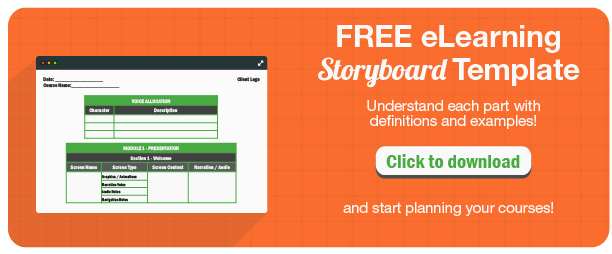Feedback is an essential aspect of any eLearning system. Good feedback is what makes sure that the learning process is maximized both at the present and in future eLearning programs. Whether you're talking about the simplest forms of eLearning or the more sophisticated ones like role-playing, simulation, or playing games, there has to be an effective feedback system in order for the learning process to work.
Sadly, however, the feedback aspect of eLearning is usually neglected or misunderstood. As such, people don't maximize the potentials of their eLearning courses, resulting in slower development or less retention on the part of the learners. It's important to understand the concept of as well as the specific roles that feedback has on the learning experience.
But what is a Good Feedback System?
A good feedback system is mainly educational, encouraging, and emphatic to the learner. Notice that the three criteria are all things that are meant to benefit the learner, which is what every eLearning system should do more than anything.
1) Feedback Systems must be Educational
There's a difference between being informative and being educational. When someone is informative, he or she is limited to a delivery of facts. Being educational, on the other hand, encourages the processing of this information for better understanding.
As far as a feedback system is concerned, feedback should not be limited to merely informing the learner as to the results of the course or his or her performance. Don't just say "you passed or failed" but instead delve into the reasons as to why this is the case.
In fact, the answer to why a learner passed or failed is much more important than the fact itself. By helping learners figure out what they did right and what they did wrong helps them understand what they need to maintain and what they need to change. Learning from the process of the results will also help them understand the concepts covered by the course better. This is how the learning system becomes educational – learners continue to learn even after the course, through feedback.
2) Feedback Systems must be Encouraging
While eLearning systems can't control whether a learner will succeed or fail in a particular course, it can affect the level their motivation or willingness to continue with the program afterward.
The supportive role of feedback in eLearning focuses primarily on those who failed. Given that not all students or learners are created equal, those who don't do as well as the others can feel insecure with their performance, which can ultimately discourage them from pursuing their course. Of course, this isn't something eLearning systems will want. Hence, feedback systems have to make it a point to reassure students that their failure doesn't mean they are incapable of succeeding in that course if they try again.
As to how exactly a learner is motivated to go on should be tackled on a case-to-case basis. People are motivated differently, and it's up to those facilitating the eLearning courses to make it a point to address any insecurities resulting from the failure. The point, however, is that your feedback systems must invest in encouraging the learner.
Note, however, that encouragement is not just for those who fail. Sometimes, those who pass as well as those who excel can get complacent. After all, those who pass a particular course also have areas they need to improve on, and encouraging them to look into these areas can help maximize the results of their learning process. So don't limit encouraging feedback only to those who fail.
3) Feedback Systems must be Emphatic
A little appreciation can really go a long way. Just because some eLearning systems are formal and automated, it doesn't mean you can just ignore the human side of the program. Yes, your learners have feelings too, and it would do you good to make them feel that you know that.
But how do you show your appreciation for their efforts? This simply means to make your feedback system more human. That is, you avoid the technical and rigid structure of messages and go for communication that will make learners feel that they're receiving more than just an electronic message.
It's like sending a Christmas greeting to a loved one – you think of how you will say the greeting to that they will feel that you truly remembered and appreciated them. You need to make your learners feel that way as well. Fortunately, this isn't difficult to do since we are human too. All you have to do is to put yourself in your learners' shoes.
The most important part of this aspect of feedback is that it's the appreciation that actually makes education and encouragement more effective. After all, one of the things that promote an open mind as well as the willingness to learn is the fact that a learner knows that he or she is understood and appreciated.


.jpg)
